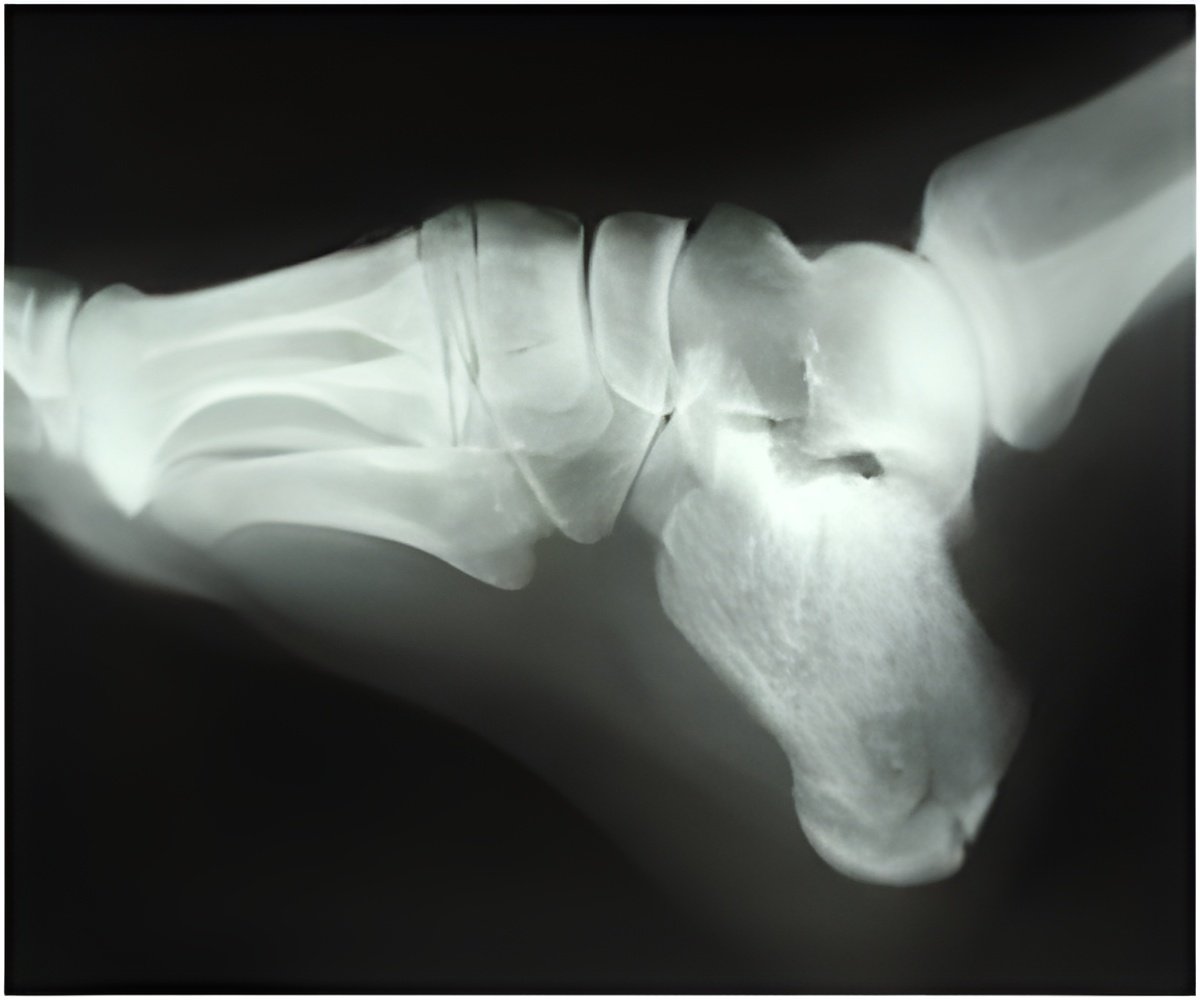Scientists have used a combination of small molecules can be used to generate mouse cells that can form bone and cartilage by a new method that is easily scalable.

"Current cell generation strategies generally use proteins to direct the stem cells to give rise to functional cells of interest. Such proteins act on the target cells through multiple mechanisms, not all of which necessarily help to achieve the overall goal [of generating chondrocytes]. In addition, proteins are unstable and expensive to make, and the cost is one of the hurdles that limits the ability of scientists to make the amounts necessary for clinical purposes", said Nakayama, whose laboratory is housed in the Center for Stem Cell & Regenerative Medicine in the UTHealth Brown Foundation Institute of Molecular Medicine for the Prevention of Human Diseases.
"In contrast, small molecules are generally longer-lasting than proteins in culture and also inexpensive to produce to a large scale. They can also allow a particular mechanism to be more precisely activated. Such strategies have already been used to replace protein factors with such small molecules to establish a better culture method for maintaining pluripotent embryonic stem cells and for induction of early neural precursor cells from them," he said.
Using embryonic stem cells and small molecules, the team was able to generate cells that look and behave like chondrocyte precursor cells e.g. paraxial mesoderm and sclerotome that are destined to form cartilage for the formation of backbone and disc. When such cartilage was transplanted into mice, they were able to form bone-like structures.
This team's strategy offers great potential in the repair of bone defects through cartilage or potentially of damaged cartilage itself in humans in the future, "because it can easily be scaled up to reproducibly produce large numbers of cartilage-forming chondrocyte precursors," he said.
Source-Eurekalert











